The first rumors that Apple wants to develop its own 5G modem have been known since 2018, when the company did not even include them in its iPhones. It first did so with the iPhone 12 in 2020, with the help of Qualcomm. However, he wants to get rid of her gradually, when this departure could start as early as next year.
Although quite a lot of companies are exposed to the 5G chip market, there are actually only four leaders. Apart from Qualcomm, these are Samsung, Huawei and MediaTek. And as you can see, all these companies make their chipsets for (not only) mobile phones. Qualcomm has its Snapdragon, Samsung Exynos, Huawei its Kirin, and MediaTek its Dimensity. Therefore, it is directly suggested that these companies also make 5G modems, which are part of the chipset. Other companies include Unisoc, Nokia Networks, Bradcom, Xilinx and others.
It could be interest you
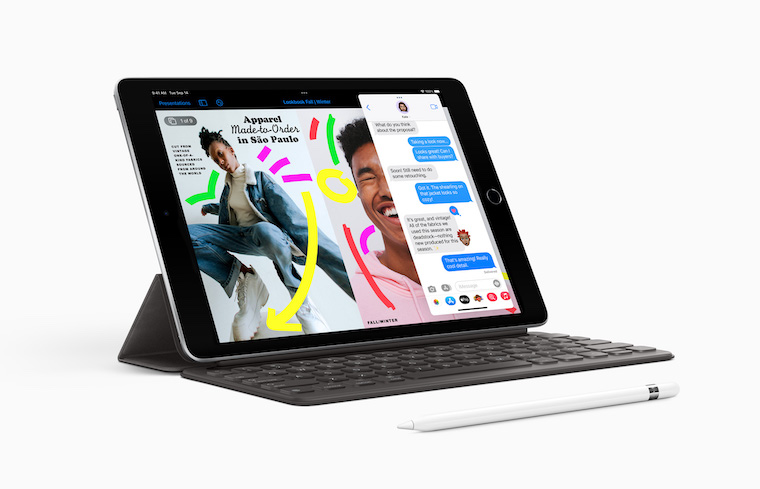
The infamous collaboration with Qualcomm
Apple also develops its chips for mobile phones, with the current flagship being the A15 Bionic. But in order for it to have a 5G modem, the company has to buy it, so it is not purely its own solution, which it logically wants to change. This is mainly because even though he has a contract with Qualcomm until 2025, the relationship between them is not very good. The patent courts, in which subsequently, were to blame for everything a settlement has been reached.
From Apple's point of view, it is therefore appropriate to say goodbye to all similar supplier companies and do everything nicely under the "own" roof and thus gain even more independence (Apple will probably produced by TSMC). Even if it will develop its own 5G modem, it will subsequently use it exclusively in its devices, and it will certainly not follow the path that e.g. Samsung does. He, for example, with his 5G modems according to the latest news it will supply, for example, to Google's upcoming Pixel 7 (which is another player in the field of its own chipsets, since it introduced its Tensor with the Pixel 6).
It could be interest you
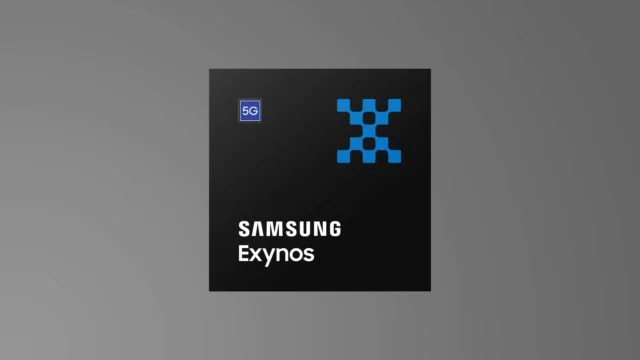
It's not just about the money
Apple definitely has the resources to develop a 5G modem, as it bought Intel's modem division in 2019. Therefore, even if he could, of course, he does not go to Qualcomm's competitors to supply him with a modem. It wouldn't make sense because it could actually just be going from mud to puddle. Of course, he won't tell us about how Apple is doing with development now. What is certain, however, is that even if he launches it next year, he is still bound by a contract with Qualcomm, so he would have to continue to take a certain percentage from it. But he would not have to use it in iPhones, but perhaps only in iPads.
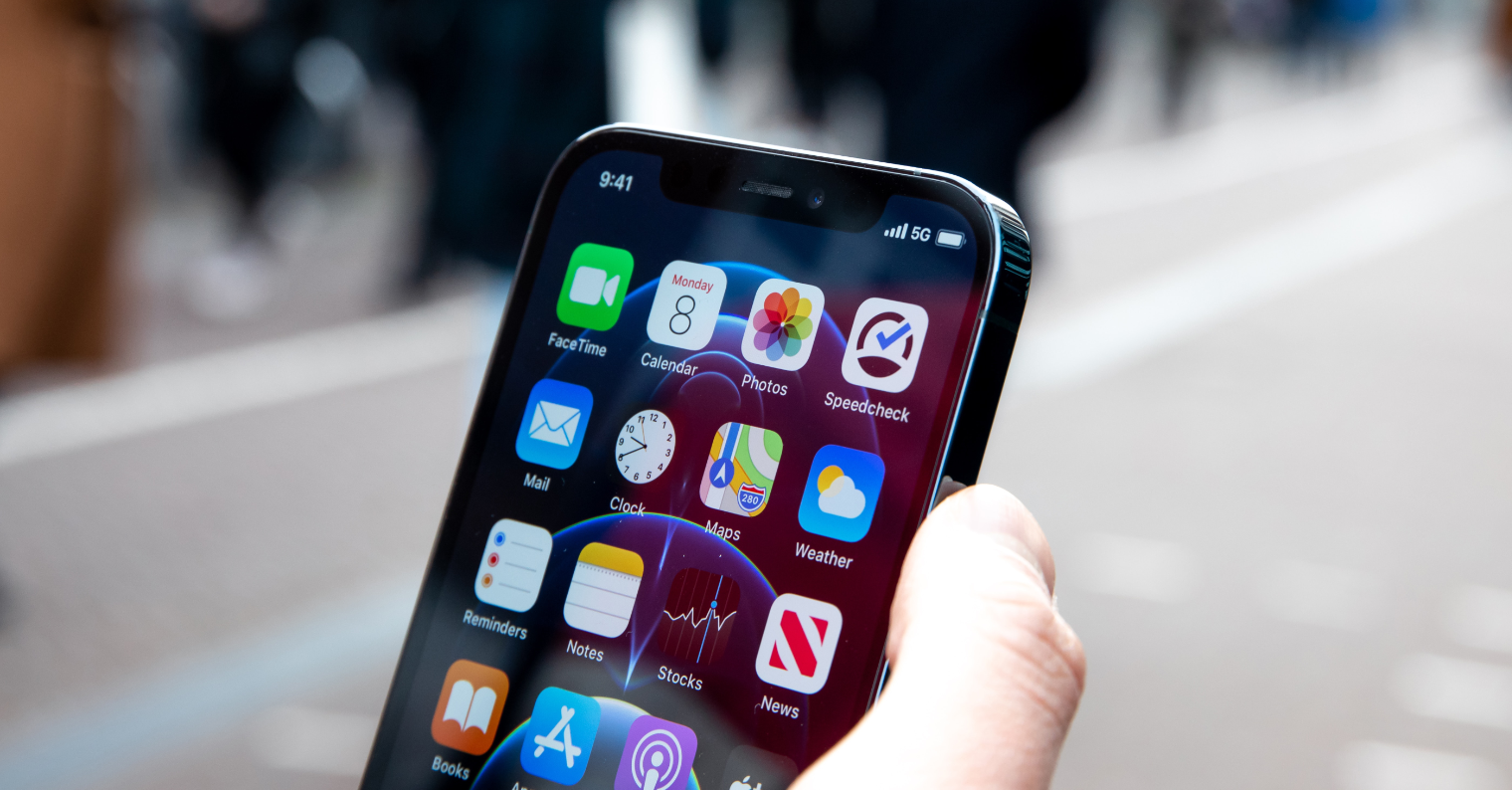
The important thing is that if you do everything yourself, you can also debug many ailments that you cannot otherwise influence with the supplied components. Which is precisely the problem of other companies that supply their modems to many manufacturers. They therefore have to "tailor" their solution with regard to what the supplier delivers. And Apple simply doesn't want that anymore. For the user, the benefit in the case of the company's own solution could be mainly in energy efficiency, but also in faster data transfer.
It could be interest you

The benefit for Apple may be greater variability in modem size, as well as lower total acquisition costs, without the need to pay for licenses and patents. Although this is a question, since Apple now owns the patents that passed to it after the acquisition of the modem division of Intel, but it is not excluded that it will still have to use some owned by Qualcomm. Even so, it would be for less money than it is now.
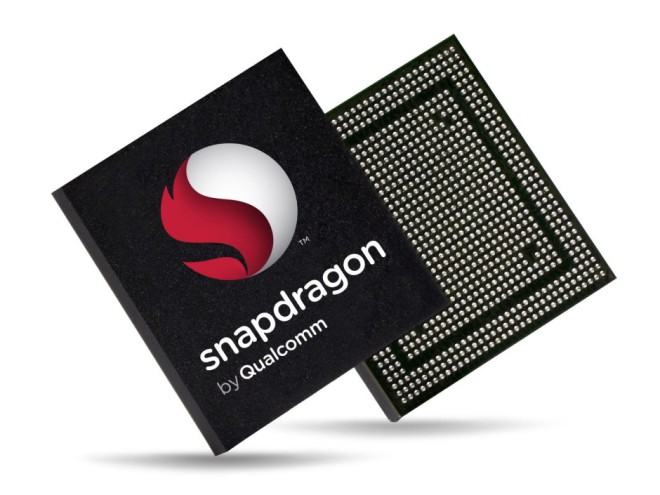
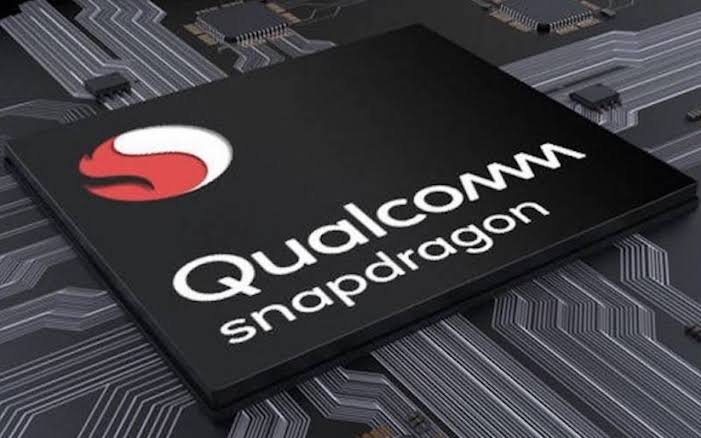
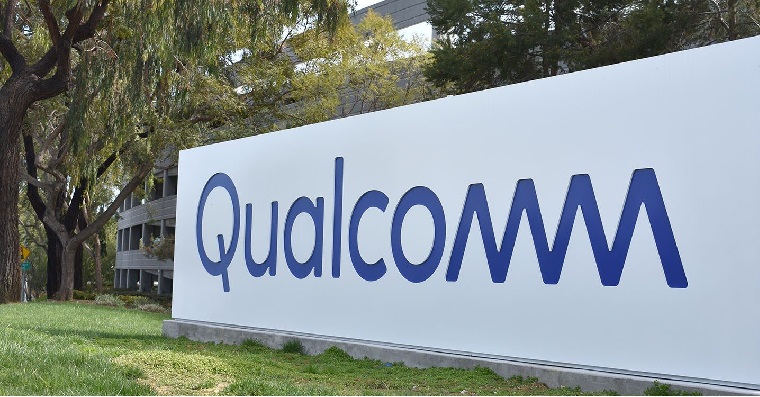

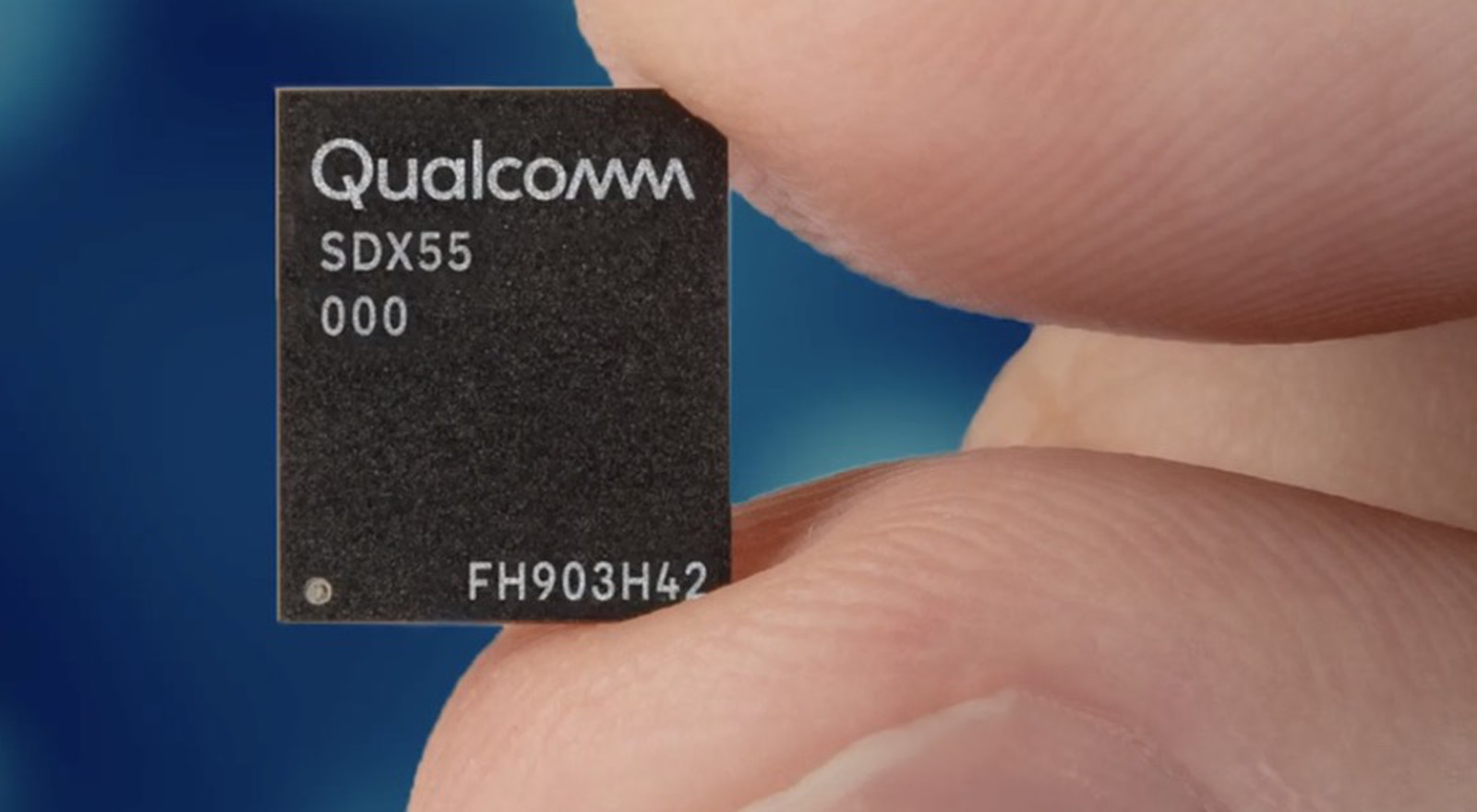
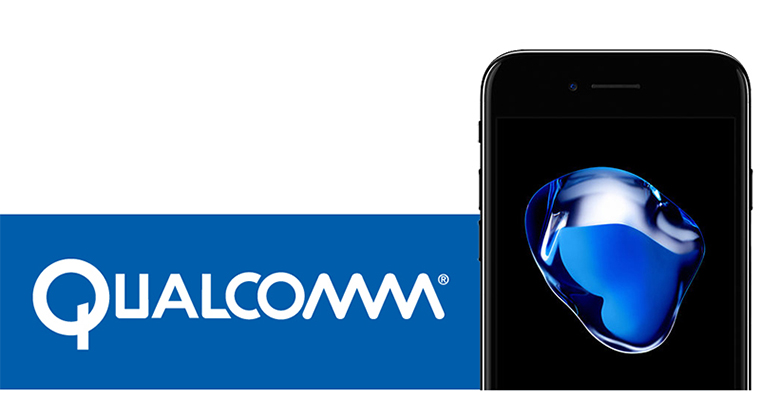
 Samsung Magazine
Samsung Magazine  Adam Kos
Adam Kos